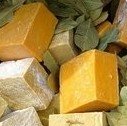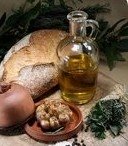milk moisterizing soap
Hello,
I really want to start making my own soap. I would like to know if you have a milk moisterizing unsented soap recipe that may include some of the following ingredients:
milk, Olive Oil, Coconut Oil, Castol Oil or Shortening
your help will be greatly appriciated
Thanks
Cuqui Maldonado
Comments for milk moisterizing soap
|
||
|
||
Did you find this page helpful?
Sharing is a way of saying, "Thanks!"
Follow Us and Keep Up to Date
Go back to the Home Page





